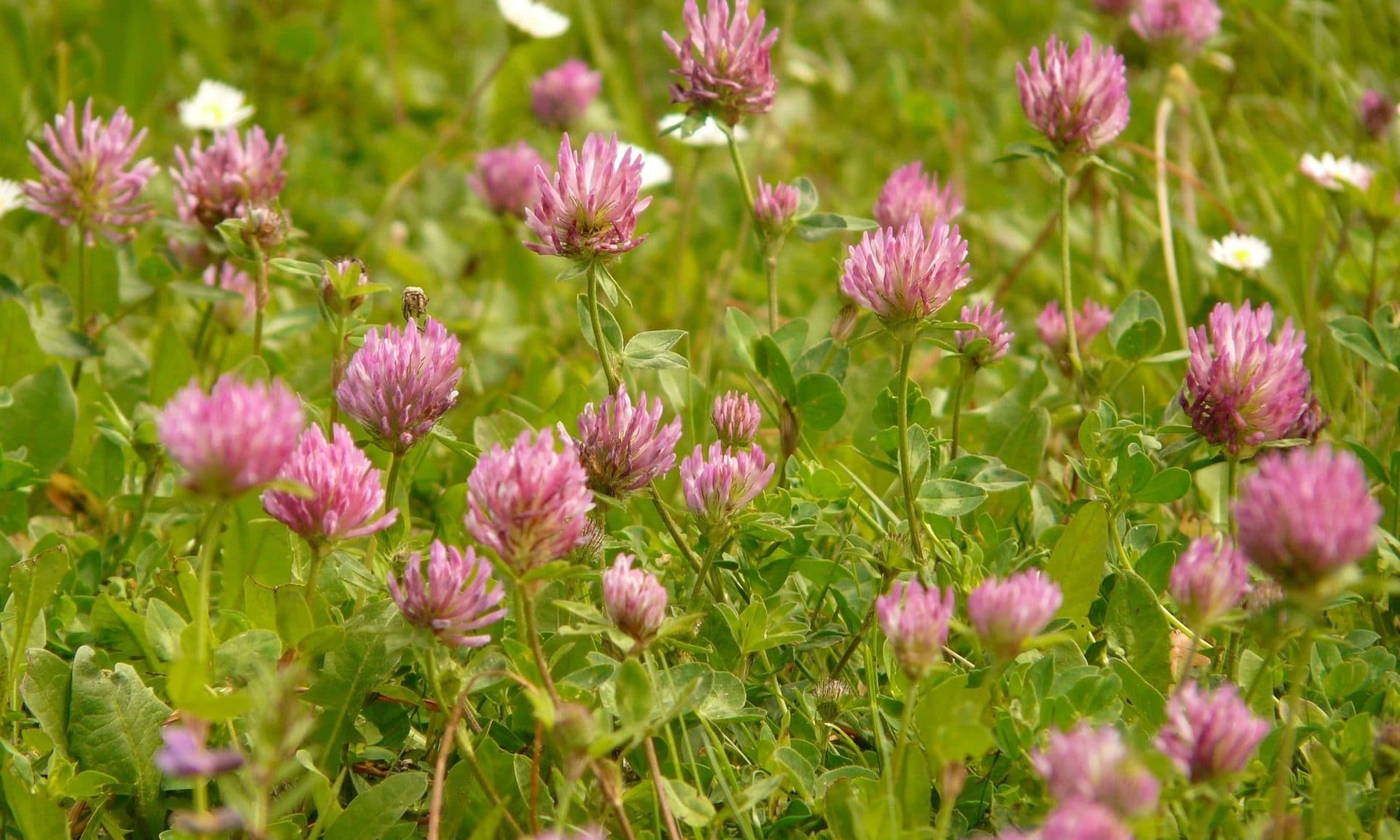During the menstrual cycle (just before period) and in the early stages of menopause (perimenopause) breasts tend to become tenderer. Symptoms of breast tenderness include pain, heaviness and sensitivity to touch. These changes are caused by hormonal fluctuation (overproduction of estrogen). Breast tenderness and pain can create fear for breast cancer. Luckily, breast tenderness is rarely a symptom of breast cancer but in order to get reassurance you can go to your doctor for a mammogram. Lumps can develop in the milk glands and cause the condition fibrocystic breast disease.
Suggestion to reduce breast tenderness:
- Wear a supportive bra. The bra should support your breasts without creating irritation. Large seams in the bra can create unnecessary irritation. Some women with breast tenderness find it comfortable to also wear a bra while sleeping.
- Cut on coffee and tea. Coffee and tea contain methyl xanthins which can cause breast lumps (fibrocystic breast disease).
- Diet. Your diet should be rich in vitamin E, which can be found in cereals, wheat germ and nuts. Animal fat should be reduces as much as possible. Breast tenderness seems to be linked with constipation. Studies have shown that women with few bowel movements had a greater chance of having breast tenderness. Intake of essential fatty acids will decrease breast tenderness and lumps. Essential oils can be found in supplements, oily fish, nuts and linseed. The isoflavones in soy and flax seed help block the estrogen receptors in the breast, thereby preventing over stimulation by estrogen.
- Herbs. Red clover, vitex and wild yam can help to restore the estrogen balance.
